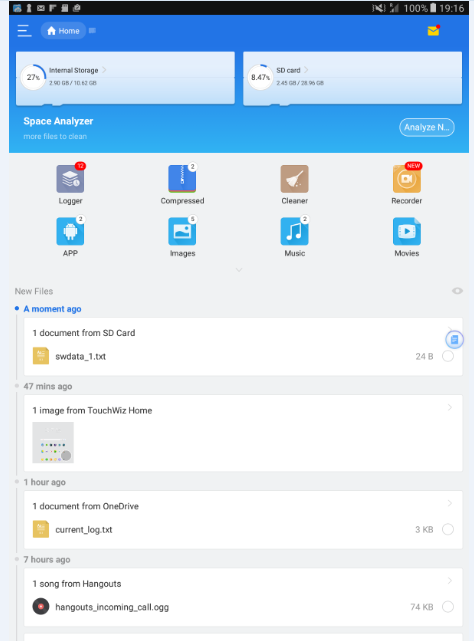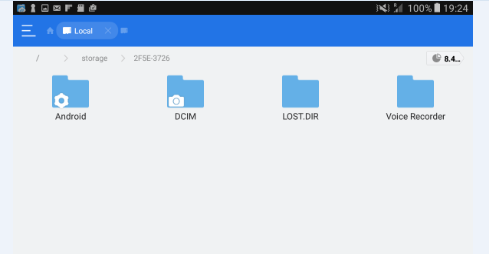Is there a way to duplicate the screen and its components ? A new button to duplicate the current screen (next to "Remove Screen") could be added and beneficial in certain cases. The blocks can be copied onto the back pack and unpacked on to the new screen, in the same way an option to duplicate the screen and its components as viewed in the designer tab will be helpful and will save time in recreating and naming and setting the properties of each of the components.
Could this be brought to notice of the developers for the next update ?
--
Making two screens that are almost the same is almost always not a good idea. If you become better at using App Inventor you will find out how you can make abstractions, load new data in bottons or labels or other fields and how you can make parts of your screen visible/invisible when needed.
As this question has come up many times, with always a similar answer as mine, what you wish is not going to happen, although, what would be really nice is to be able to rename Screen1 one in a more strainghtforward way and use another screen as Screen1.
As this question has come up many times, with always a similar answer as mine, what you wish is not going to happen, although, what would be really nice is to be able to rename Screen1 one in a more strainghtforward way and use another screen as Screen1.
--
Thanks for the guidance.. Will look up the link n try it out.. Cheers
--
--
Thank you for the reply.
Well I m not looking to keep the screen exactly the same I just want to keep most of the components and the properties that was painstakingly set for each component. Other wise I will have to start from blank screen and go back n forth between screens to make all the properties of ,say a button or a label, the same. It is easier to delete the unwanted components than to recreate components which is of same properties.
So what I was hoping is to duplicate the screen I want and give it another name. Then delete the components that I don't want or add more components to fit the requirement.
I have read that making components visible/invisible is ideal than making additional screen, but even there the option to duplicate , say a button or label I just crated and set the properties to the requirement, is not there. I was hoping for such a feature just to help speed things up a bit. Anyway as of today, I understand that such an option is not there.
So thanks for the quick suggestion and will try out the suggestions in the link posted by Nico. Thank you guys.
--
Well I m not looking to keep the screen exactly the same I just want to keep most of the components and the properties that was painstakingly set for each component. Other wise I will have to start from blank screen and go back n forth between screens to make all the properties of ,say a button or a label, the same. It is easier to delete the unwanted components than to recreate components which is of same properties.
So what I was hoping is to duplicate the screen I want and give it another name. Then delete the components that I don't want or add more components to fit the requirement.
I have read that making components visible/invisible is ideal than making additional screen, but even there the option to duplicate , say a button or label I just crated and set the properties to the requirement, is not there. I was hoping for such a feature just to help speed things up a bit. Anyway as of today, I understand that such an option is not there.
So thanks for the quick suggestion and will try out the suggestions in the link posted by Nico. Thank you guys.
--
What I usually do when I have a lot of buttons or sprites that need to be aligned or have the same color etc., I make a list of them and go through the list using the any blocks to set specific properties. Your design will look ugly on the design screen, but your user will not notice.
--
--
Thats right Ghica. Setting the propeties using blocks makes it easier to replicate the same properties for differeint items but this further increases and crowds the screen. It is because of so much crowding in the design that I prefer to use different screens than make items visible / invisible.
@ Nico I tried the solution sugested in the link that was provided.I copied the screen and packaged it back to .aia and was able to upload it to AppInventor and also open it. But as soon as I open the copied screen, it gives me an internal error has occured report and guides me to a report a bug. I have reported the bug. I have tried this to duplicate a screen, deleting an existing screen and adding the copied screen. I have not touched the Screen1, it remains as it is. When I open the old screens, there is no error. Only when i open the copied screen, the error dialog shows up. Have done exactly whats was said in the link but cant seem to avoid the error report.
Also saw a youtube video https://www.youtube.com/watch?v=hhdvRp1UfmM (seems recent), but that too doesn't work. Gets the same bug result.
Don't know if this helps but this was from the bug report
@ Nico I tried the solution sugested in the link that was provided.I copied the screen and packaged it back to .aia and was able to upload it to AppInventor and also open it. But as soon as I open the copied screen, it gives me an internal error has occured report and guides me to a report a bug. I have reported the bug. I have tried this to duplicate a screen, deleting an existing screen and adding the copied screen. I have not touched the Screen1, it remains as it is. When I open the old screens, there is no error. Only when i open the copied screen, the error dialog shows up. Have done exactly whats was said in the link but cant seem to avoid the error report.
Also saw a youtube video https://www.youtube.com/watch?v=hhdvRp1UfmM (seems recent), but that too doesn't work. Gets the same bug result.
Don't know if this helps but this was from the bug report
notes = Browser: Mozilla/5.0 (Windows NT 6.1; Win64; x64) AppleWebKit/537.36 (KHTML, like Gecko) Chrome/58.0.3029.110 Safari/537.36
foundIn = nb155
faultData = java.lang.IndexOutOfBoundsException
projectId = -1
--
The only dependable way to work with the .aia is using 7zip and notepad++ (on windows). And make sure that you do all editing without unpacking the zip file. If you unpack the zip file relative folder addresses will be added when you repacke the zip and AI cannot handle that.
And, if you are copying screens, do not forget to change, update all files related.
And, if you are copying screens, do not forget to change, update all files related.
--
|it gives me an internal error
--
This is very strange. I had something like that when I tried to duplicate the screen.
But I cannot help you.
@ Nico, you said you had something like that.. So does it mean the internal error is not there anymore. If its not, do you remember how it went away. If its still present, then no worries. Thanks for the help and suggestion. @ Ghica as well.. Thanks for the support.
--














